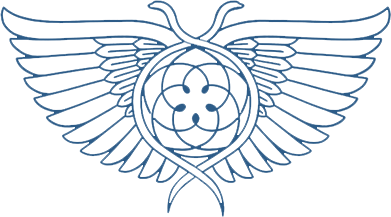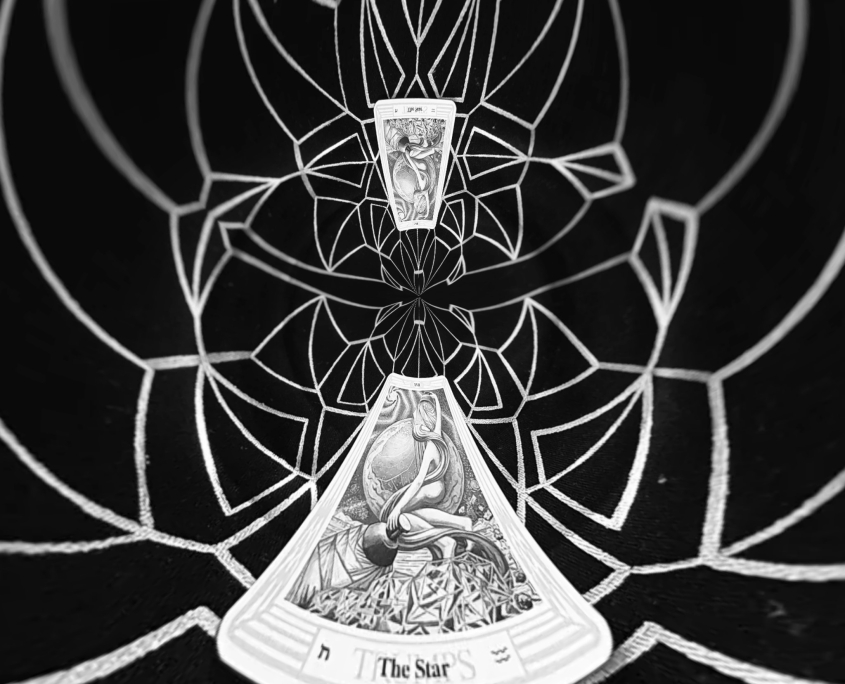This post was originally published on my previous blog called Metakosmoi on 17th of December 2020
Today, on the day of Jupiter, the dreaded karma lord Saturn moved into its home turf of Aquarius. This same week, on Saturn’s day, Jupiter will follow, and on the Winter Solstice they will be meeting at an exact degree, heralding the Age of Aquarius.
To better understand what this means, we have to take a trip back in time.
A few thousands of years before our era, ancient astronomers noticed that 7 of the visible bodies in the sky were moving slowly, or wandering about, passing by the other fixed bodies. This resulted in the terminology we have today, of “planets” meaning wandering stars, planetes asteres.
The same astronomers also noticed that these wanderers took a non-deviating path through specific constellations. This path is known as the ecliptic through the constellational zodiac.
Since these formations were uneven in size, a standardized measure of 12 signs of 30 degrees each was imposed somewhere around the 5th century BCE by the Mesopotamians. From the Latin word sidereus meaning of the stars, we were given the sidereal zodiac, serving as a symbolic and idealized division which does not align perfectly with the constellations themselves.
During the developmental stages of astrology, the seasons were roughly aligned with the sidereal zodiac, the beginning of the year and spring being at the point of the vernal equinox, when the Sun’s path crosses the celestial equator making day and night of equal length on the day the luminary entered the sign and constellation of Aries.
This alignment influenced the interpretation of the zodiac signs, making room for a third division of the ecliptic, coined the tropical zodiac, measured by the degree of the equinoxes and solstices.
When compiling a star catalog around 120 BCE, the Greek astronomer Hipparchus noticed that the positions of the stars were systematically shifted from earlier Chaldean measures, indicating that it was not the stars moving, but rather the observational platform. This movement consisting of the wobble in the orientation of Earth’s axis of rotation in a period of 25 772 years was the third to be discovered after the daily rotation and annual revolution, and is caused mainly by the gravitational influence of the Sun and the Moon on Earth’s equatorial bulge and to a lesser degree by that of the other planets. This cyclic rotation of Earth’s axis is named precession of equinoxes.
Due to this phenomena, the zodiacs started slowly drifting apart at a rate of roughly one degree every 72 years, resulting (currently) at a difference of about 24 degrees, with the Sun’s position in the constellation of Aquarius at the vernal equinox. Each transit through a sign is called a Great Month or Age, and moves backwards through the Zodiac.
The exact inception of each Age is a matter of debate, with some saying that the Aquarian age has dawned at the end of World War II, or even as early as the 1880, while others place it towards the end of this century.
Since, as mentioned above, the measurement is based on an idealized symbolic division, the truth is somewhere in the middle. As theosophist Tim Wyatt explains, a transition of Ages is not something that ends tonight and starts tomorrow, but rather an opposition of energy which takes time to balance out.
What is certain is that this Great Conjunction heralds a paradigm shift. The recurring meetings of Jupiter and Saturn every 20 years occur in signs associated with the same element for about 200 years. Since the start of the Industrial Revolution, this has been happening in earth signs – connected to material things and the physical part of life, where the focus has been on manufacture, accumulation and use of resources, capitalism and consumerism, a complete restructuring in the way we live.
The shift into Aquarius indicates the onset of a new focus, with a heavy emphasis on innovation. The technological era is here, and on a collective level we are to expect a decentralization of networks and a turn towards equality. In theory we are looking at expansion and optimism, but in practice for a new system to be built an old one must be torn down, and as we know Rome was not built neither did it fall in one day.


